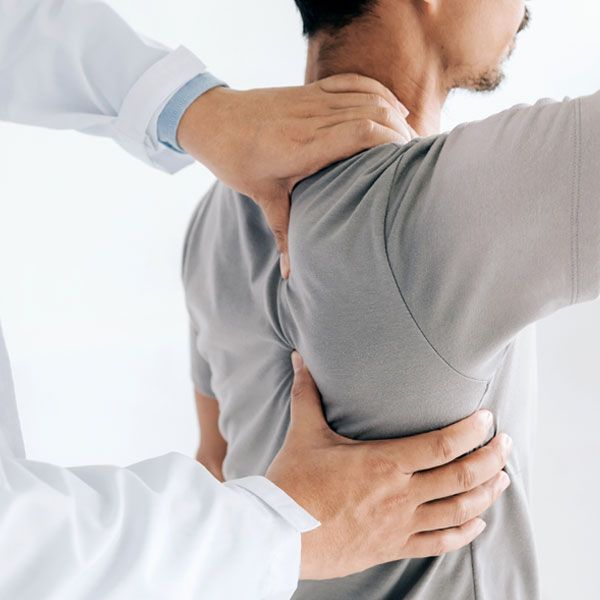
Imagine my 87-year-old neighbor, Mrs. Kowalski, beginning each day with a quick walk around the block, a chuckle with her cat Boris, and a cup of ginger tea. Though she is sharp, active, and absolutely glowing, she has moderate arthritis, some back discomfort, and the typical age-related culprits. What is her secret? Every day, small actions add up. Science is telling us more and more that when it comes to living longer and doing better, it’s not only about genetics but also about the little decisions we make every day.
Chronic pain can, let’s be honest, feel like a wrecking ball to all those good intentions. From tight knees to irritable lower backs to unrelenting nerve pain, chronic pain is one of the greatest challenges older people have on the path to lively aging. But here’s the thing: treating chronic pain is not just manageable; it’s absolutely necessary for reaching longevity.
I’m a biologist fixated on aging well (sure, I read longevity publications like others binge Netflix), so let me explain some scientifically supported techniques to assist you or a loved one in controlling chronic pain, improving quality of life, and including a few happy years in the journey.
I understand that the last thing you want to do when in pain is to move. Ironically, not moving sometimes aggravates chronic discomfort. I’m not suggesting you have to turn into a yoga teacher right away. I’m referring to steady, mild movement like tai chi, water aerobics, or a 20-minute walk following breakfast.
The reason it functions is movement increases circulation, lowers inflammation, strengthens muscles supporting aching joints, and even changes the pain reaction of the brain. Research indicates that older people who participate in consistent low-impact exercise experience less discomfort and improved mobility with time.
Quick Tip: Just ten minutes of light stretching or walking each day can help you to start small. Good beginning points include community center classes or Daily Yoga.
Bonus: It also aids in sleep and mood. Double victory.


Here is a difficult reality: a diet rich in refined carbs, processed oils, and sugar affects your waistline and exacerbates chronic inflammation, the cause of most persistent pain.
What should you eat instead? Imagine your plate as a vibrant garden: lush greens, berries, salmon, walnuts, turmeric, and olive oil. Rich in anti-inflammatory chemicals, these meals aid in lowering cellular pain.
The scientific part (in simple English): Systemic inflammation usually causes chronic discomfort. Foods like antioxidants (berries, green tea) and omega-3 fatty acids (hello, salmon) help to offset the inflammation.
Interesting fact: Without the negative consequences, turmeric includes curcumin, which in certain tests has demonstrated pain-relieving properties similar to ibuprofen. Combine it with black pepper to increase absorption!
Chronic pain can destroy sleep; bad sleep can aggravate pain; the result is a vicious loop I call the “insomnia-pain spiral.” Improving sleep hygiene, however, can end that cycle.
Research-Supported Sleep Advice
The significance of this is that your body produces growth hormones and anti-inflammatory chemicals during deep sleep, which help to heal tissues and reduce pain signals. Sleep deprivation disrupts your body’s inherent healing process.
One odd tip: Maintain foot warmth! A 2007 Swiss study indicated that warm feet via socks or a hot water bottle helped individuals fall asleep faster. Science is strange and wonderful.
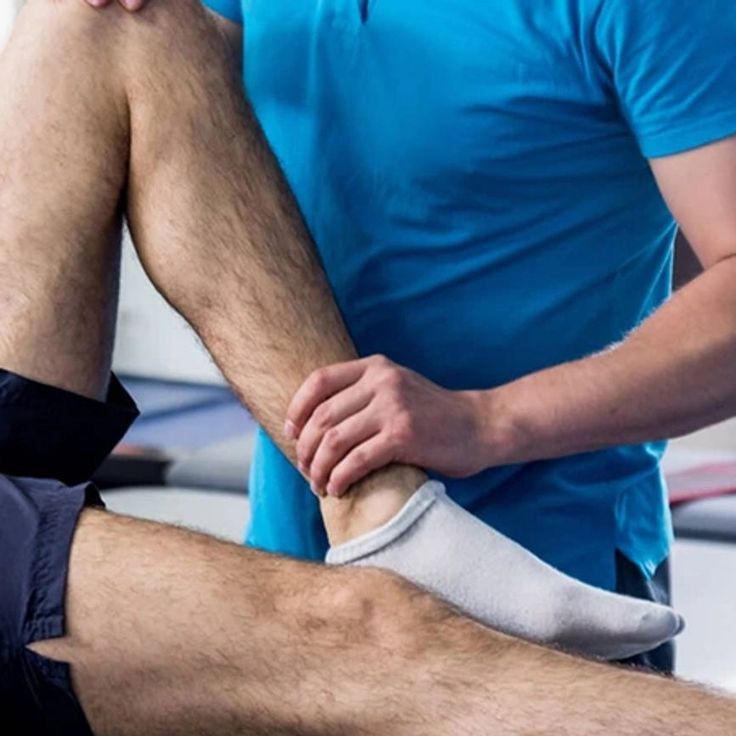
Here is a fascinating reality: your brain may either increase or decrease pain signals based on its interpretation. This is why two persons with the same injury could feel quite different degrees of pain. Mindfulness, meditation, and breathing exercises assist you in regaining control over your pain perception by means of tools.
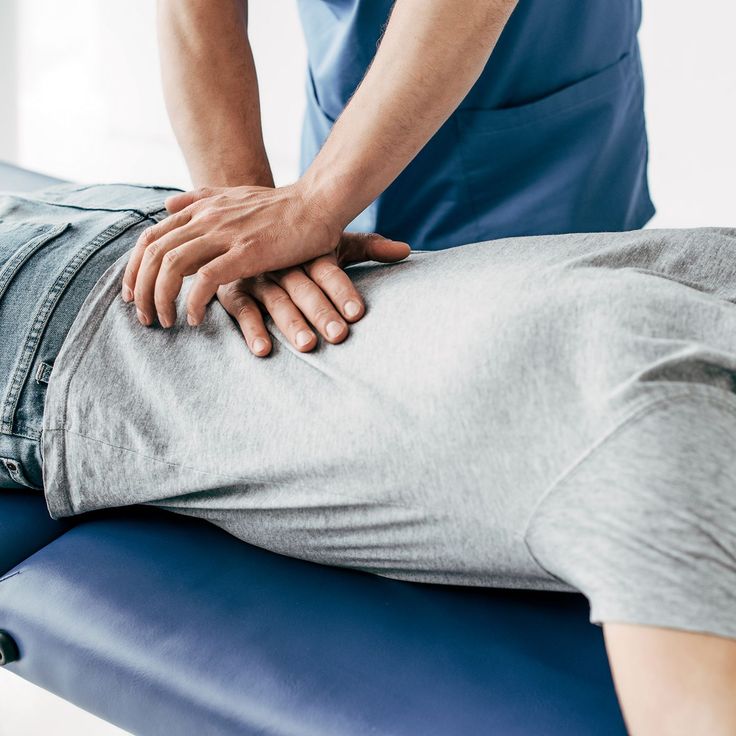
What Is Effective
Scientific bonus: Published in JAMA Internal Medicine, a 2016 meta-analysis found that older individuals with chronic low back pain benefited greatly from mindfulness meditation. That’s peer-reviewed evidence, not fluff.
Pro advice: Use the Calm or Headspace apps. Ten minutes each day can change things.
Clever Supplementation: Though not magical drugs, supplements utilized carefully can help your body control chronic pain.
Leading Candidates
CBD is not a snake oil, and no, especially for arthritis, early research indicates potential in controlling pain and inflammation.
Quality is important; search for third-party tested items and begin low and gradually.
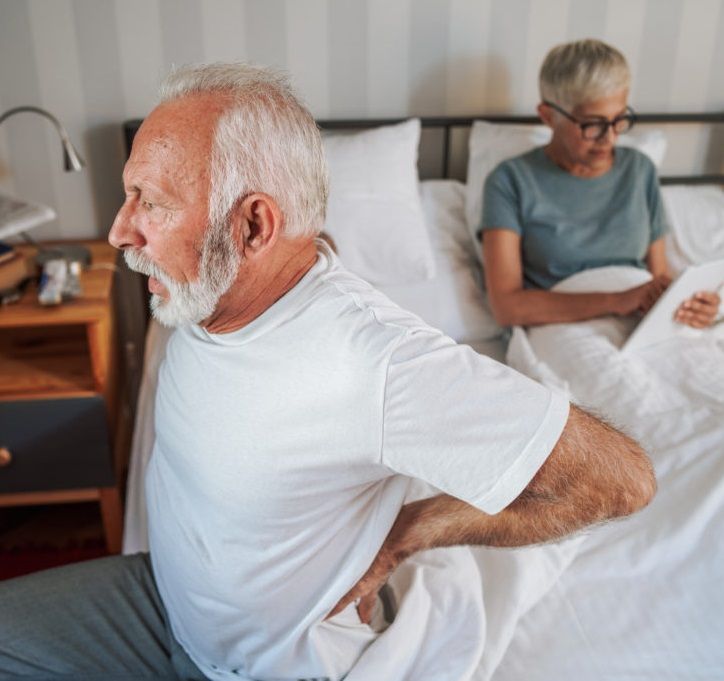
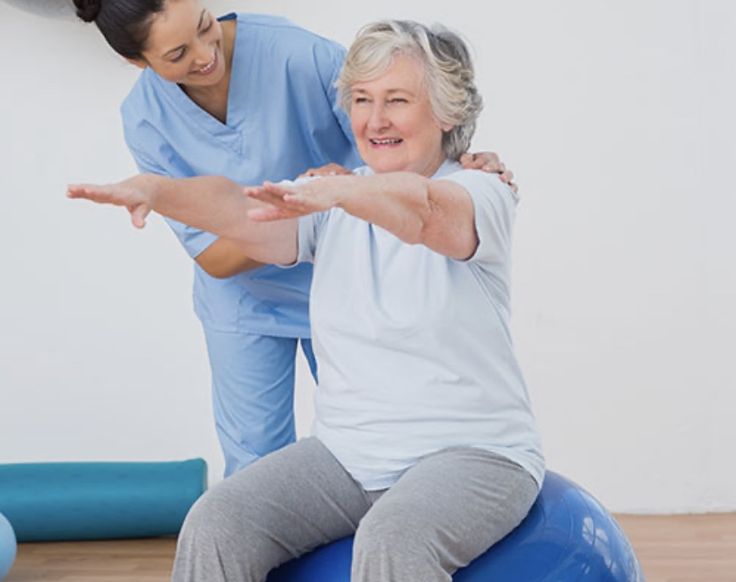
Let’s finish with something really surprising: friendship. Alternatively, we could refer to it as social connectedness. Isolation in the elderly increases the risk of sadness, cognitive decline, and physical pain.
How does pain manifest itself? Pain is emotional as well as physical. Social connection produces endorphins and oxytocin, your body’s natural painkillers. That weekly card game, reading group, or even daily phone call might significantly affect your body’s perception of pain.
Let’s be honest: volunteer, participate in a virtual hobby club, or visit a community center. Connection heals more than only loneliness; it actually alters your biology.
Managing chronic pain in later age is not about miracle cures; rather, it is about regularly making tiny, intelligent decisions that help your body’s natural resilience. Every tiny habit matters, from sleeping properly and laughing frequently to eating healthier and exercising more.
Aging doesn’t have to equal suffering. With the right tools, a strong support network, and a little science, you can open a better, longer version of aging.
So the next time you enjoy your tea like Mrs. Kowalski, consider: what little, strong action can I do right now?
